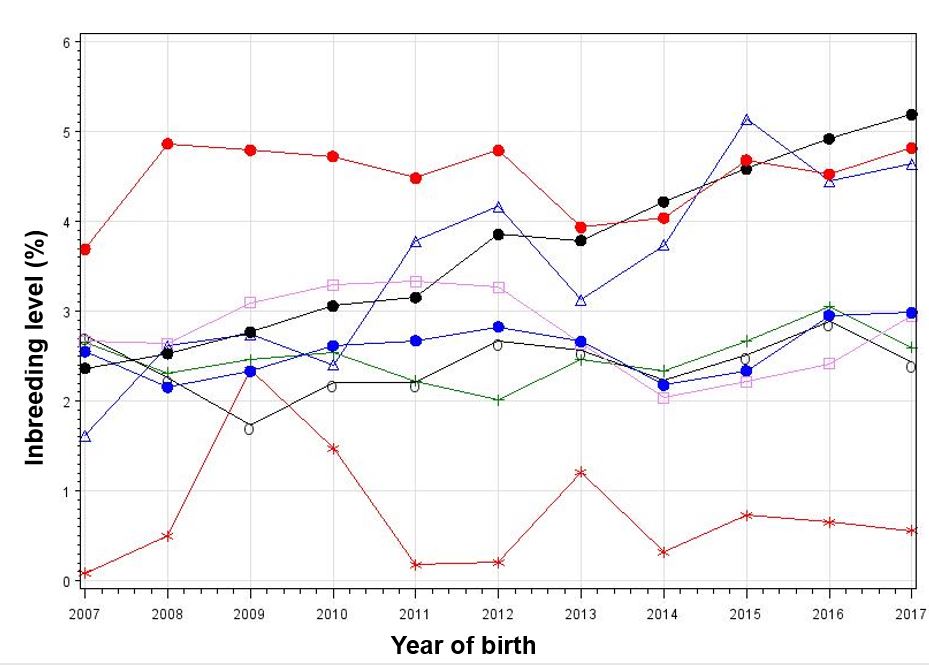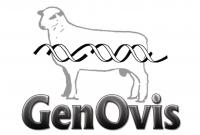5 KEYS OF VARIATION
- Standard deviation of BVs (each trait and breed)
- Inbreeding management
- Population size and genetic exchange
- Genetic importation
- Consideration of molecular genetic (ex: Scrapie genotypes)
STANDARD DEVIATION OF EBVs
Trait variation allows quick improvement when the variation range is large and only small improvement when variation range is narrow. Trait variation depends on the trait and the breed. (e.g. litter size in Romanov v/s in Dorset)
TIPS FOR GOOD INBREEDING MANAGEMENT
GenOvis Mating module is a good tool to follow and control inbreeding evolution within the flock
Tips |
Example(for a 100 ewes flock – 1 lambing per year) |
||
| Use enough rams each year (based on flock size) | 5 rams | ||
| Define the number of mates / ram | 20 mates / ram | ||
| Keep a maximum number of rams / sire | 1-2 rams maximum / sire | ||
| Use GenOvis mating module | Aim < 6,25% of inbreeding for the mates |
You need a balance between genetic gain and inbreeding evolution
Aim for less than 1% every 10 years
INBREEDING EVOLUTION OF MAIN EVALUATED BREEDS

POPULATION SIZE AND GENETIC EXCHANGE
A minimum of 400 ewes is required to manage the virtual flock as a closed flock
For smaller groups, we should be careful with inbreeding management. This usually slows down the genetic gain within the group.
CONSIDERATION OF MOLECULAR GENETICS
The arrival of molecular genetics is a good improvement in sheep selection. This technology will increase the accuracy of breeding values.
The use of scrapie genotype to make selection may also impacts the genetic gain. For example, keeping only RR rams will remove from selection other rams that may bring high genetic gain because of their scrapie genotype (e.g. QQ).
